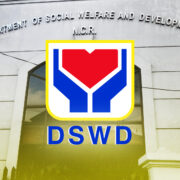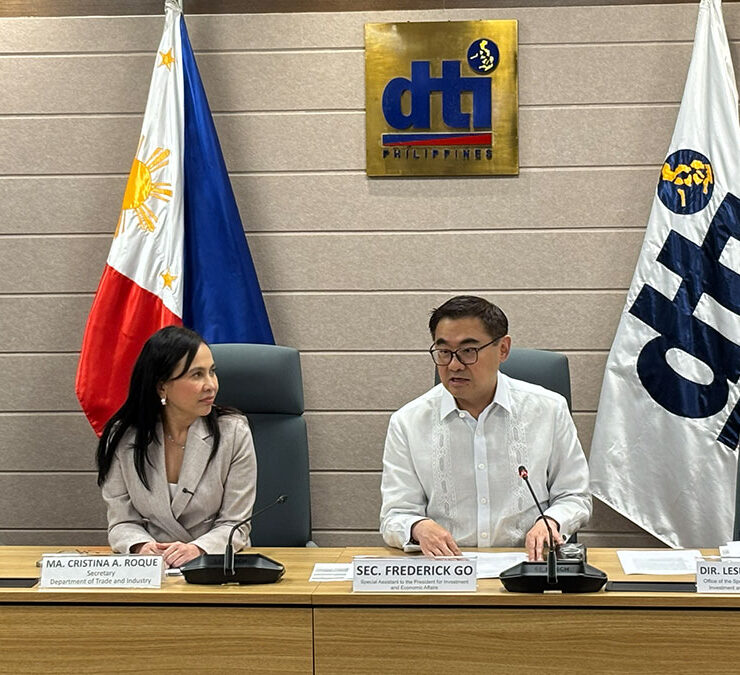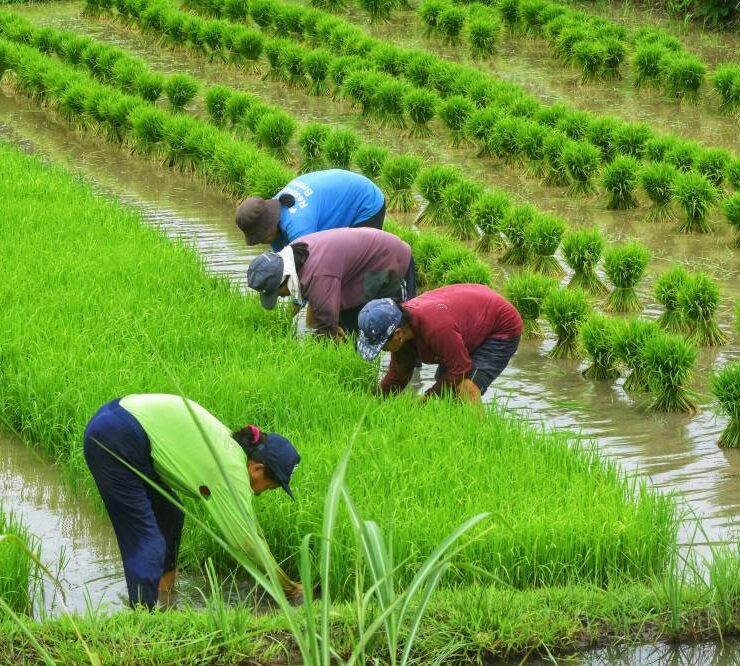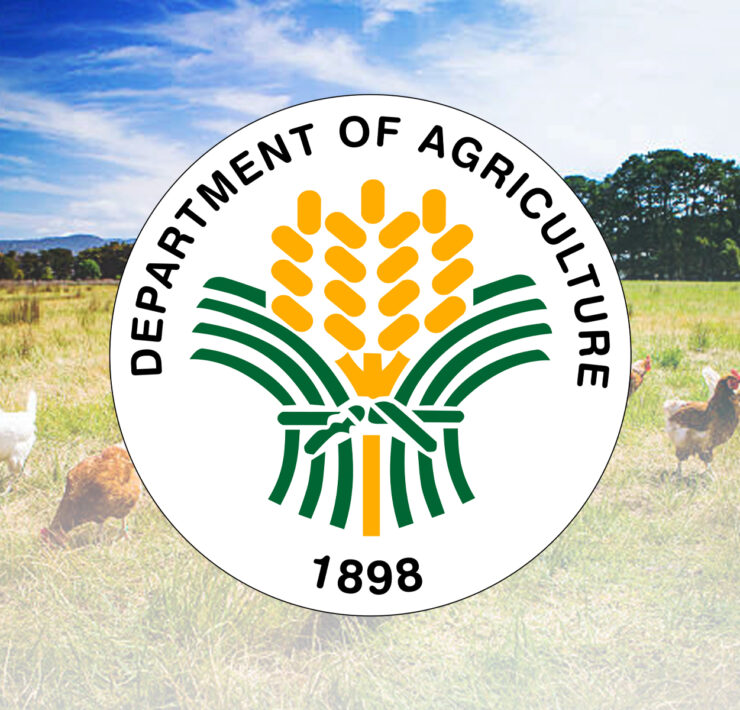Agri dep’t steps up drive for soil health
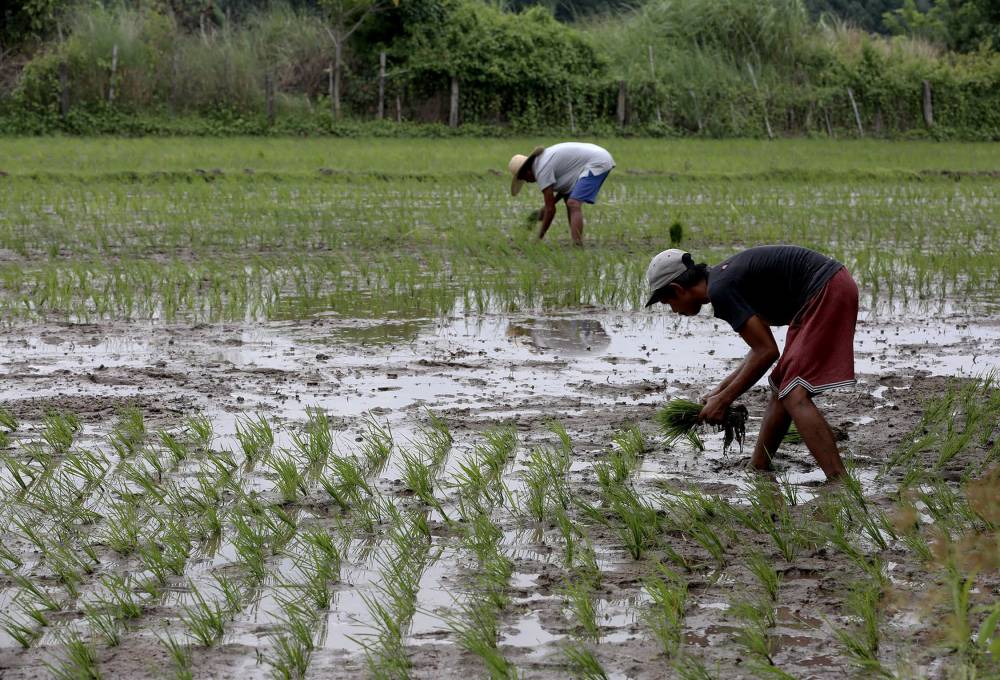
The Bureau of Soils and Water Management (BSWM) and the United Nations’ Food and Agriculture Organization (FAO) are working on a project aimed at improving soil health as the government flagged the “alarming” soil deterioration level of 80 percent.
In his speech, Ben Patrick Soliguin, environment program coordinator of the United Nations’ Food and Agriculture Organization, said on Thursday that the collaboration with the FAO will focus on sustainable land management.
“This aims to provide support to communities on improving ecosystem health and transforming food systems to deliver multiple benefits for all,” Soliguin said during the World Soil Day 2024 celebration held at the BSWM office in Quezon City.
He noted that around 95 percent of food comes from the soil, however, 33 percent of these were already degraded due to various threats and poor agricultural practices.
“To put this into perspective, it takes nature 1,000 years to produce just two to three centimeters of soil—like baking a very thin slice of bread over a millennium, only to crumble it in seconds,” he added.
On the local front, the Department of Agriculture (DA) aims to increase the budget allocation to expand the scope of its regenerative and balanced fertilization strategy program to enhance soil health while addressing the environmental impacts of inorganic fertilizers.
“We really need to step up [the use of] organic fertilizer, soil ameliorant and biofertilizer to rehabilitate [and] rejuvenate our soil,” Agriculture Undersecretary Roger Navarro said on the sidelines of the event.
Rejuvenation
A soil ameliorant is an organic or inorganic material applied to the soil to improve the quality of soil as well as soil chemical or biological conditions.
Alternatively, a biofertilizer contains living microorganisms that spur the growth of plants and trees by increasing the supply of essential nutrients.
Navarro explained that expanding the area coverage of these initiatives would maximize the benefits of using organic fertilizers in cultivating agricultural commodities nationwide but did not divulge the actual or proposed budget for such.
“If it’s in a controlled environment, in a small area, the results can be really good. But if you’re going to multiply it in a bigger area, there might be some kind of adjustment and calibration,” he added.
At the same time, local farmers will also be informed of the protocols on soil rehabilitation to boost their yield.
Navarro clarified the rationale behind implementing this fertilization strategy is not to replace inorganic fertilizers but to address their overuse and curb their damage to the environment.
“If the soil is not healthy, it cannot absorb [nutrients] anymore. What will happen is that the soil will just evaporate and contribute to greenhouse gases… it will go into the stream, the river system and water waste. It will damage the environment,” he added.












